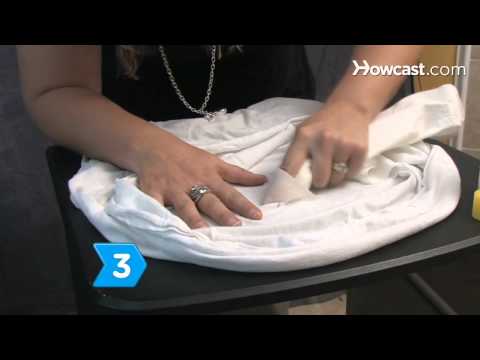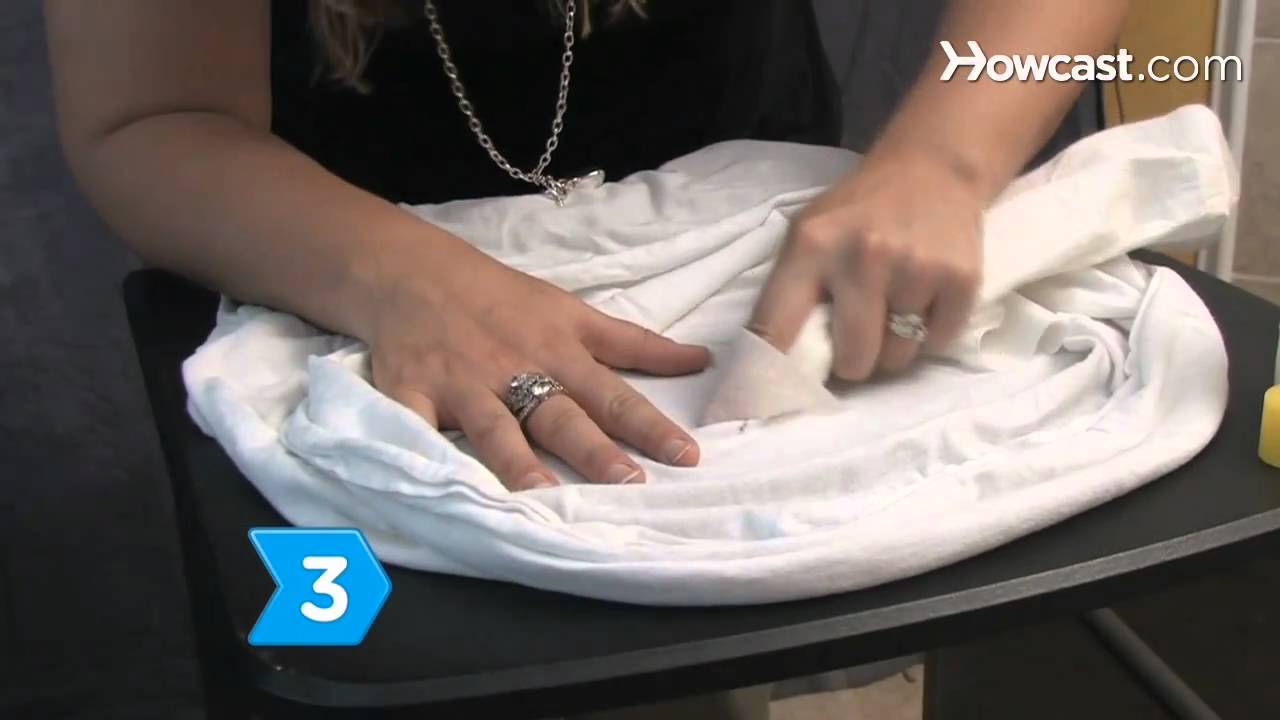Discover the extraordinary allure of Polish fabric, renowned for its exquisite craftsmanship, innovation, and quality. Immerse yourself in a world of timeless elegance and unrivaled beauty as you explore the rich heritage of this remarkable textile. Each thread is meticulously woven with passion and precision, showcasing the unparalleled craftsmanship that has been passed down through generations. With a profound commitment to innovation, Polish fabric seamlessly blends traditional techniques with modern sensibilities, resulting in designs that captivate the imagination. From intricately embroidered patterns to luxurious textures, every piece embodies a unique story waiting to be told. Indulge in the opulence of quality materials, as Polish fabric epitomizes durability and longevity. Crafted with the utmost care and attention to detail, it withstands the test of time, ensuring your cherished garments and furnishings endure for generations to come. Uncover the secrets of Polish fabric and experience the embodiment of craftsmanship, innovation, and quality that have made it a symbol of distinction worldwide.

Introduction
Polish fabric is known for its exquisite craftsmanship and high-quality materials. It has a rich history that dates back centuries, and its reputation for producing top-notch textiles has only grown stronger over time. In this article, we will explore the fascinating world of Polish fabric, highlighting its unique characteristics, traditional manufacturing techniques, and popular uses.
The History of Polish Fabric
Polish fabric has a long and storied history that can be traced back to the Middle Ages. At that time, Poland was a major producer of textiles, and its fabrics were highly sought after throughout Europe. The country's textile industry flourished during the Renaissance, with Polish fabrics becoming a symbol of wealth and luxury.
During the 19th century, Poland experienced a period of industrialization, which led to the modernization of its textile manufacturing processes. The introduction of power looms and other machinery revolutionized the industry, making it possible to produce fabrics in larger quantities and at lower costs.
Today, Polish fabric continues to be highly regarded worldwide, with many fashion designers and interior decorators seeking out its unique qualities and designs.
The Characteristics of Polish Fabric
Polish fabric is known for its durability and longevity. It is typically made from high-quality materials such as cotton, linen, wool, and silk, which are carefully selected for their strength and resilience. This attention to detail ensures that Polish fabrics can withstand the test of time, making them an excellent investment.
In addition to their durability, Polish fabrics are also celebrated for their intricate designs and vibrant colors. Traditional patterns, such as floral motifs and geometric shapes, are often incorporated into the fabrics, giving them a distinct and recognizable aesthetic.
Furthermore, Polish fabric is renowned for its excellent craftsmanship. Skilled artisans employ traditional weaving and dyeing techniques to create fabrics that are of the highest quality. Each piece is meticulously crafted, resulting in fabrics that are not only visually stunning but also incredibly soft and comfortable to the touch.
Traditional Manufacturing Techniques
Polish fabric is made using a variety of traditional manufacturing techniques that have been passed down through generations of artisans. One such technique is hand-weaving, which involves using a loom to create intricate patterns and textures. This method requires a great deal of skill and precision, as the weaver must carefully manipulate the threads to achieve the desired design.
Dyeing is another important step in the manufacturing process. Polish fabrics are often dyed using natural materials such as plants, flowers, and roots. This traditional dyeing method not only produces rich and vibrant colors but also ensures that the fabrics are free from harmful chemicals.
Embroidery is yet another traditional technique that is commonly used in the production of Polish fabric. Skilled embroiderers meticulously stitch intricate patterns onto the fabric, adding texture and visual interest.
Popular Uses of Polish Fabric
Polish fabric is widely used in a variety of applications, including fashion, home decor, and upholstery. In the world of fashion, Polish fabrics are highly coveted for their unique designs and high quality. They are often used to create garments such as dresses, skirts, and blouses, adding a touch of elegance and sophistication to any outfit.
In the realm of home decor, Polish fabrics are frequently used to create beautiful curtains, tablecloths, and pillowcases. Their vibrant colors and intricate patterns can transform any space, adding warmth and character.
Polish fabric is also a popular choice for upholstery. Its durability and softness make it ideal for furniture, ensuring that it will stand up to daily use while providing a comfortable seating experience.
Conclusion
Polish fabric is a true testament to the country's rich textile heritage. Its exquisite craftsmanship, high-quality materials, and traditional manufacturing techniques make it a sought-after choice for fashion designers, interior decorators, and anyone who appreciates fine textiles. Whether used in fashion, home decor, or upholstery, Polish fabric adds a touch of elegance and sophistication to any project.
So next time you come across a piece of Polish fabric, take a moment to appreciate the centuries of craftsmanship and expertise that went into creating it.
Removing Nail Polish Stains: A Quick Guide for Fabrics & Clothing
Polish Fabric
Polish Fabric
| Name | Origin | Characteristics |
|---|---|---|
| Włóczka | Poland | Włóczka is a traditional Polish fabric known for its high quality and durability. It is made from natural fibers such as wool or cotton, providing excellent insulation and breathability. Włóczka is commonly used in the production of warm clothing items like sweaters, hats, and scarves, ensuring comfort in harsh winter conditions. |
| Len | Poland | Len, also known as linen, is a versatile fabric that has been produced in Poland for centuries. It is made from flax fibers, which give it exceptional strength and resistance to wear. Linen fabric is highly breathable, making it suitable for warm weather garments. Additionally, len exhibits excellent moisture-wicking properties, keeping the wearer cool and dry. Its natural luster and smooth texture make it a popular choice for elegant and comfortable clothing. |
| Haft | Poland | Haft is a unique Polish fabric that is renowned for its intricate embroidery. It is typically made from a variety of materials, including silk, cotton, or linen, which serve as a base for the delicate needlework. Haft fabric is widely used in traditional Polish folk costumes and decorative textiles. The artistry displayed in the embroidery patterns reflects the rich cultural heritage of Poland and adds a touch of elegance to any garment or home decoration. |
Polish fabric offers a wide range of options, each with its own distinctive qualities. Whether you are seeking warmth, breathability, or intricate detailing, Polish fabrics such as Włóczka, Len, and Haft are sure to meet your expectations. Embrace the expertise of Polish craftsmanship and indulge in the beauty and functionality of these exquisite fabrics.

